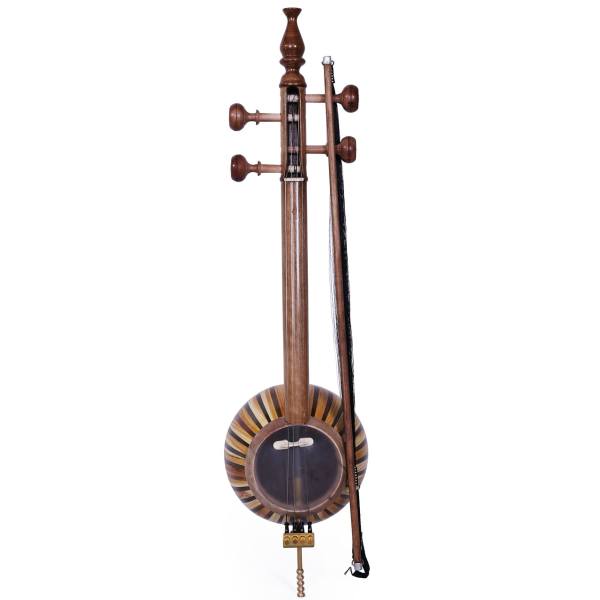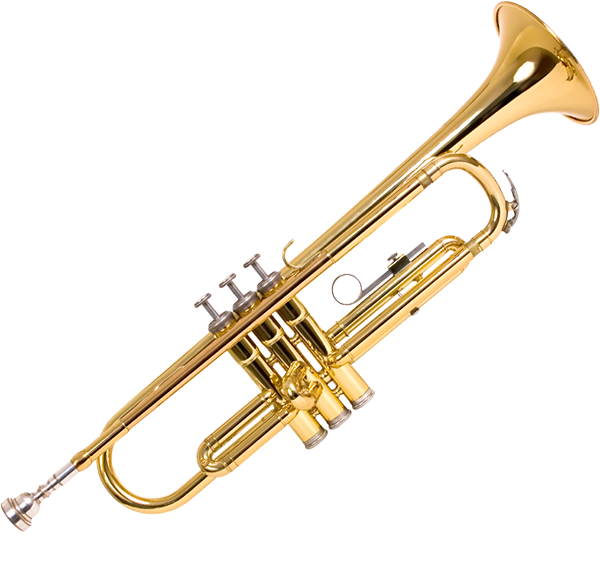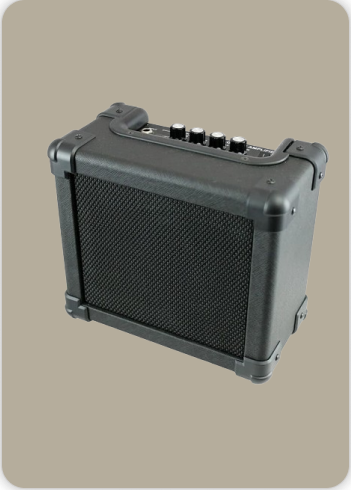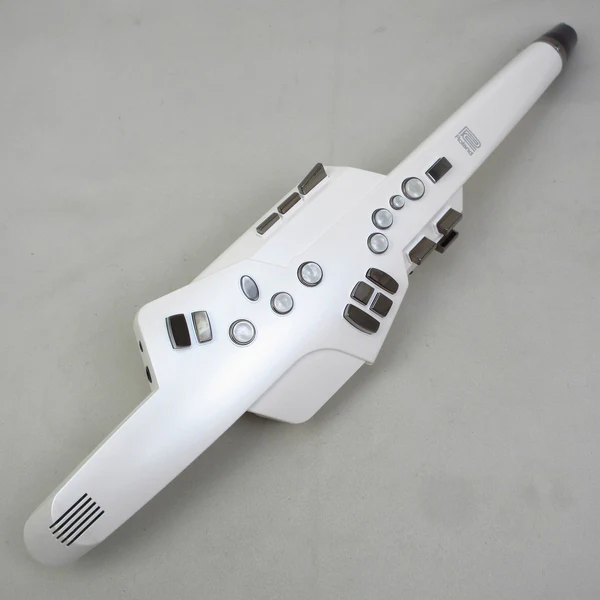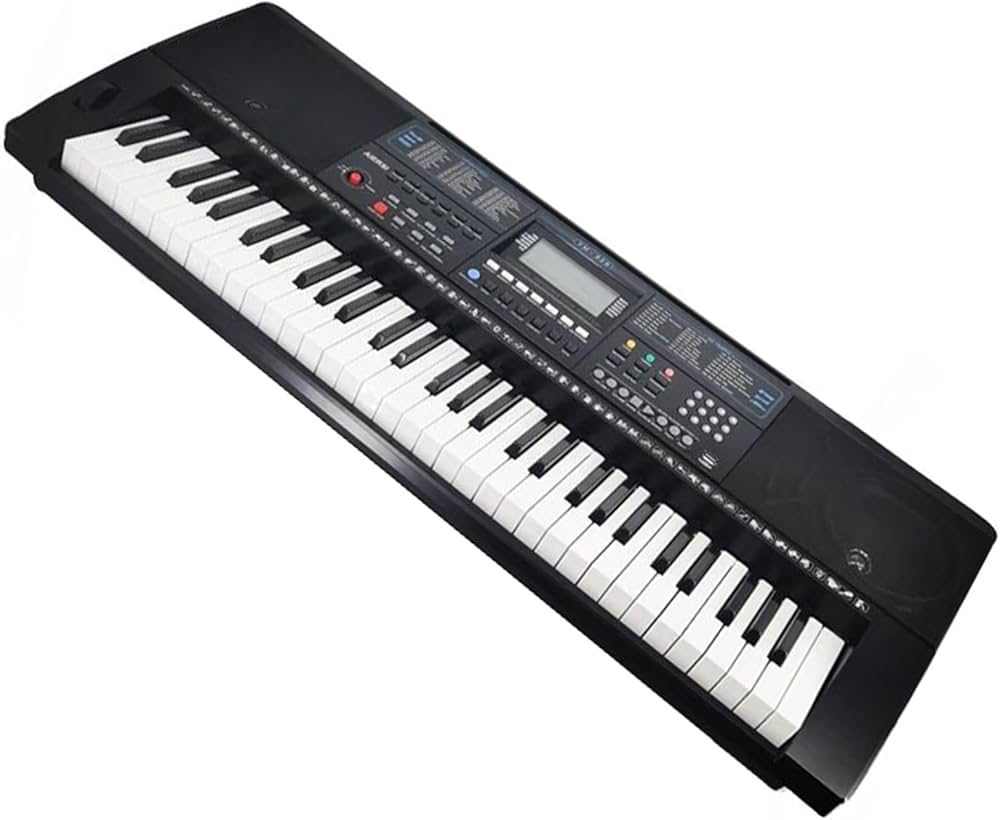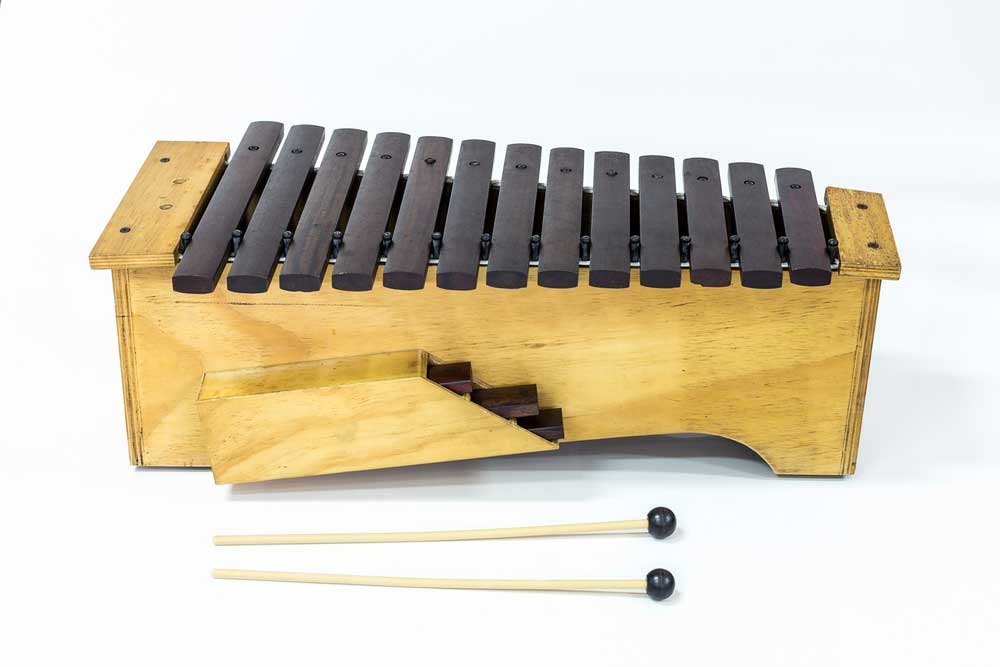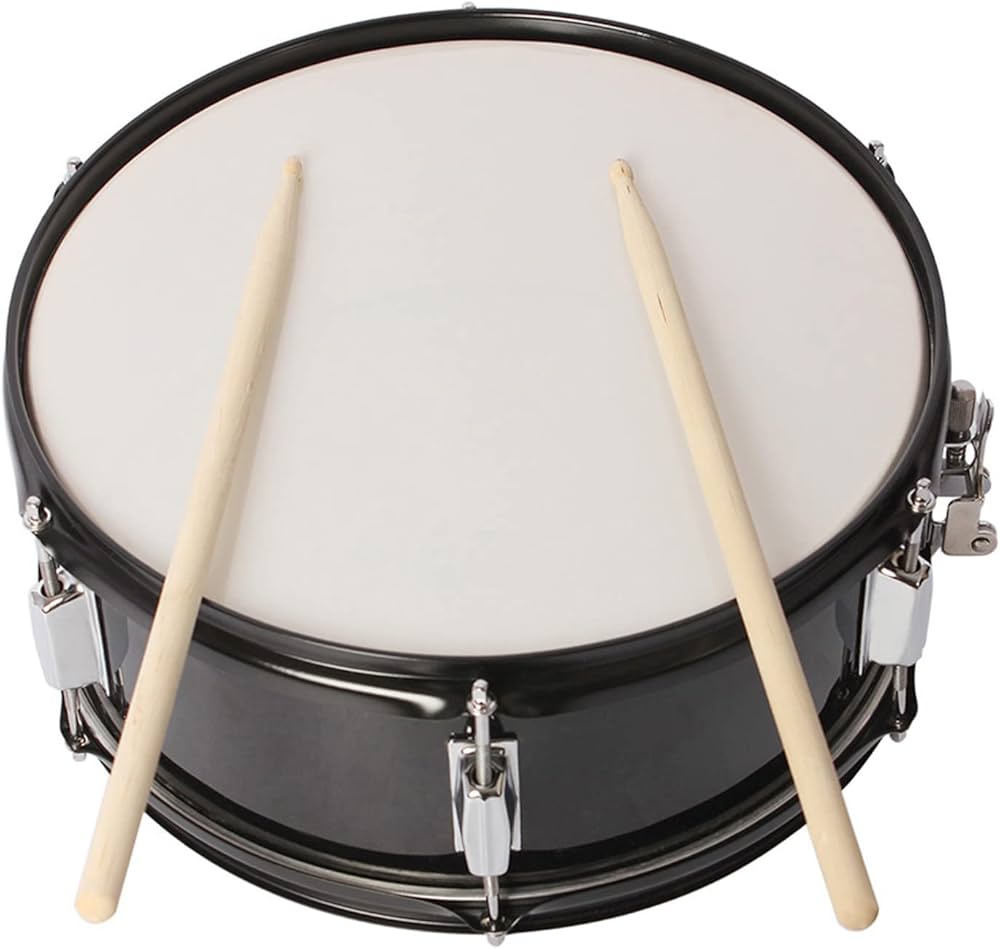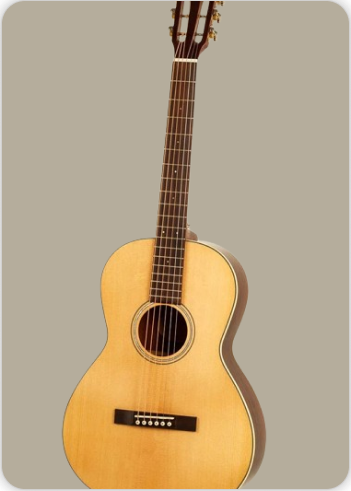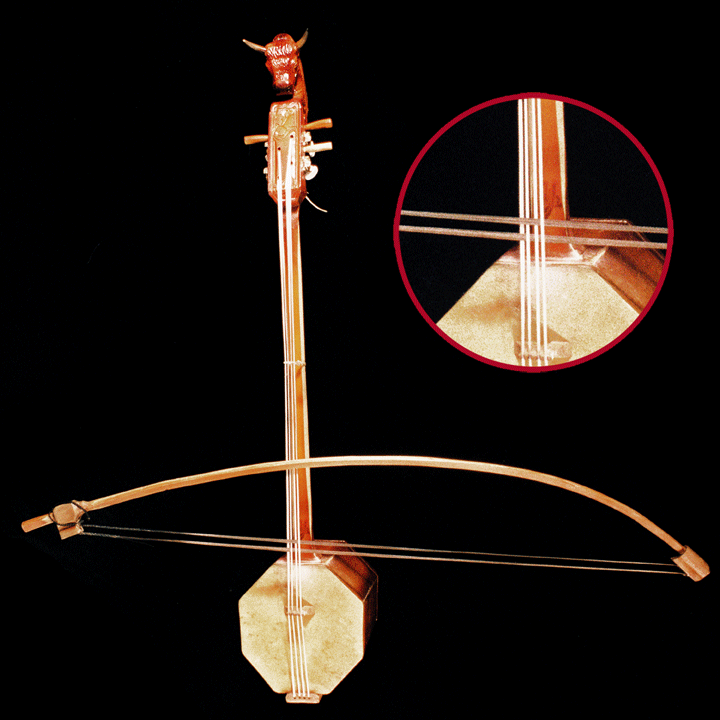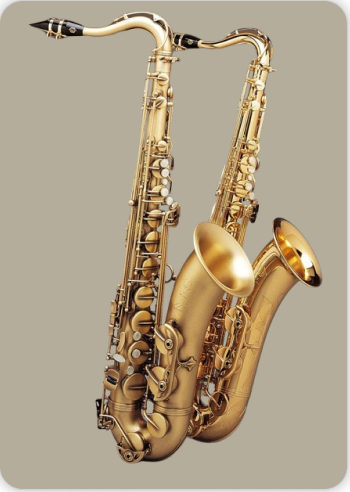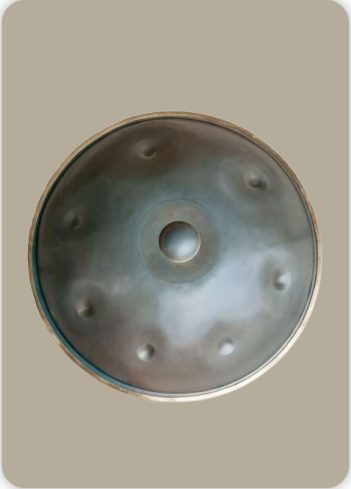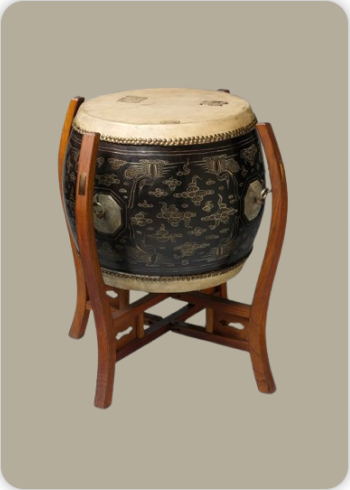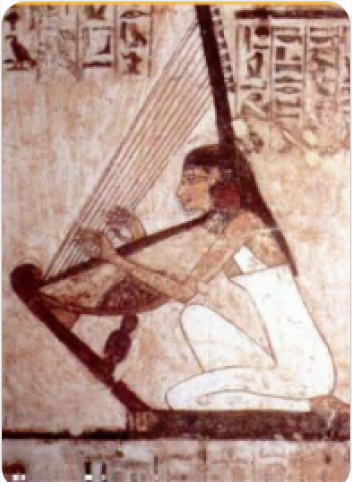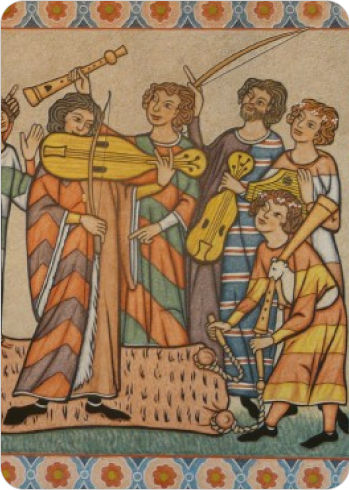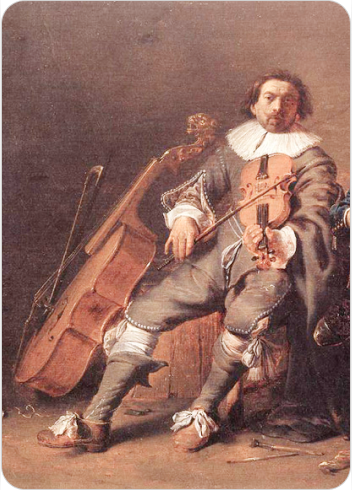Byzaanchy
Bowed Instruments
Asia
Between 1001 and 1900 AD
Video
The Byzaanchy is a bowed string instrument that belongs to the family of Tuvan musical instruments. Characterized by its unique shape and rich tonal qualities, it plays a central role in traditional Tuvan music, often accompanying throat singing (known as “Khoomei”).
Historical Roots
The Byzaanchy has its origins in the ancient traditions of the Tuvan people, whose music is deeply intertwined with their nomadic lifestyle and connection to nature. Thought to have evolved from earlier stringed instruments in Central Asia, the Byzaanchy has been part of Tuvan culture for hundreds of years.
Traditionally, the instrument was crafted using natural materials readily available in the region. Horsehair, wood, and animal hide were commonly used, reflecting the resourcefulness and ingenuity of Tuvan artisans. The Byzaanchy was not just a musical instrument but also a symbol of cultural identity and storytelling. With the spread of Tuvan music beyond its regional borders, the Byzaanchy gained recognition in global music circles, celebrated for its distinctive sound and cultural significance.
It is believed to have emerged around the 17th to 18th centuries, evolving alongside other traditional instruments of the region. Instruments with similar characteristics, such as bowed string instruments, were already present across Central Asia. These likely influenced the development of the byzaanchy.
How the Byzaanchy Works
The Byzaanchy produces sound through the interaction of its strings, bow, and resonating body. Its design and playing technique contribute to its distinctive voice, which is both haunting and evocative.
Construction and Design
The Byzaanchy typically has a rectangular or trapezoidal wooden body, which serves as a resonating chamber. Its two or four strings are made from horsehair or synthetic materials and are stretched over the body and neck. The bridge, often crafted from bone or wood, elevates the strings and transfers vibrations to the body. The bow is also strung with horsehair, and musicians apply rosin to increase friction. The instrument’s craftsmanship is often highly detailed, featuring carvings, paintings, or symbolic decorations that reflect Tuvan cultural motifs.
Playing Technique
To play the Byzaanchy, musicians hold it upright, resting the body on their lap or against their chest. The bow is drawn across the strings to produce sound, while the left-hand presses the strings against the neck to alter pitch. The instrument’s tonal range and expressive capabilities allow players to emulate sounds of nature, such as the wind, rivers, or animals—a hallmark of Tuvan music. The Byzaanchy is often played as a solo instrument or as part of an ensemble, blending seamlessly with other traditional instruments and the distinct vocal style of throat singing.
Types, Features, and Musical Applications
Over time, the Byzaanchy has seen variations in its design and use, reflecting the diverse musical styles and preferences of Tuvan musicians. Its features and applications demonstrate its versatility and cultural significance.
Types of Byzaanchy
Traditional Byzaanchy: The traditional version of the instrument adheres to the original design and materials, preserving its authentic sound and cultural essence.
Modern Byzaanchy: Some modern adaptations incorporate synthetic materials or alternative tunings to enhance durability and expand its musical possibilities.
Electric Byzaanchy: Designed for amplified performances, this variant features built-in pickups, allowing it to be used in contemporary and fusion music genres.
Key Features
The Byzaanchy produces a resonant, soulful sound that is uniquely suited for Tuvan music. Its ability to mimic natural sounds adds depth and texture to performances. The instrument’s design often incorporates motifs and symbols that reflect Tuvan heritage and spirituality. While deeply rooted in tradition, the Byzaanchy has proven adaptable to various musical styles, from traditional to experimental.
Musical Compositions and Genres
The Byzaanchy is a cornerstone of Tuvan music, often accompanying throat singing and other traditional instruments like the doshpuluur and igil. Its haunting melodies evoke the landscapes and spiritual essence of Tuva, making it an integral part of:
- Traditional Folk Music: The Byzaanchy is central to Tuvan folk songs, which often narrate tales of nature, ancestors, and daily life.
- Contemporary Fusion: Musicians have integrated the Byzaanchy into modern genres, including world music, jazz, and experimental compositions.
- Ceremonial and Spiritual Music: Its sound is used in rituals and ceremonies, reflecting its role in Tuvan spirituality and cultural practices.
Significance and Legacy of the Byzaanchy
The Byzaanchy’s importance extends beyond its musical qualities, embodying the cultural identity and traditions of the Tuvan people. Its preservation and evolution highlight the enduring power of music as a bridge between past and present.
Cultural Impact
As a vessel of Tuvan heritage, the Byzaanchy connects modern audiences with ancient traditions. It serves as a reminder of the region’s nomadic roots, spiritual beliefs, and close relationship with nature. The instrument’s global recognition has also fostered greater appreciation for Tuvan culture and music.
Artistic Expression
For musicians, the Byzaanchy offers a means of artistic storytelling and emotional expression. Its evocative sound captures the beauty and vastness of the Tuvan landscape, resonating with audiences worldwide.
Preservation and Revival
Efforts to preserve and promote the Byzaanchy have gained momentum in recent years. Tuvan musicians and cultural organizations are working to ensure the instrument’s legacy endures, offering workshops, performances, and educational programs that introduce the Byzaanchy to new generations.
The Byzaanchy is more than just an instrument; it is a testament to the creativity, resilience, and cultural richness of the Tuvan people. Its unique sound and enduring legacy continue to inspire and enchant, bridging the gap between ancient traditions and contemporary innovation.
FAQ
What is the origin and history of the Byzaanchy musical instrument?
The Byzaanchy is a traditional Tuvan string instrument originating from the Tuva region in Siberia. It has been used for centuries in Tuvan music, particularly in throat singing performances. The instrument’s name means “calf” in Tuvan, referencing the resonant and deep tones it produces, which are reminiscent of natural sounds.
What are the unique features of the Byzaanchy?
The Byzaanchy is a bowed string instrument with a rectangular wooden body, four strings, and a long neck. Two of the strings are made of horsehair and are played with a bow, while the other two are tuned sympathetically. Its construction and playing style allow it to produce a rich, droning sound that complements the harmonic overtones of Tuvan throat singing.
How is the Byzaanchy used in Tuvan music?
The Byzaanchy is an integral part of Tuvan folk music and is often played alongside other traditional instruments like the igil and doshpuluur. It is commonly used in performances of Tuvan throat singing, where its deep, resonant tones mimic the sounds of nature and create a harmonic backdrop for the vocal techniques.
 Links
Links
References
Other Instrument
Categories
